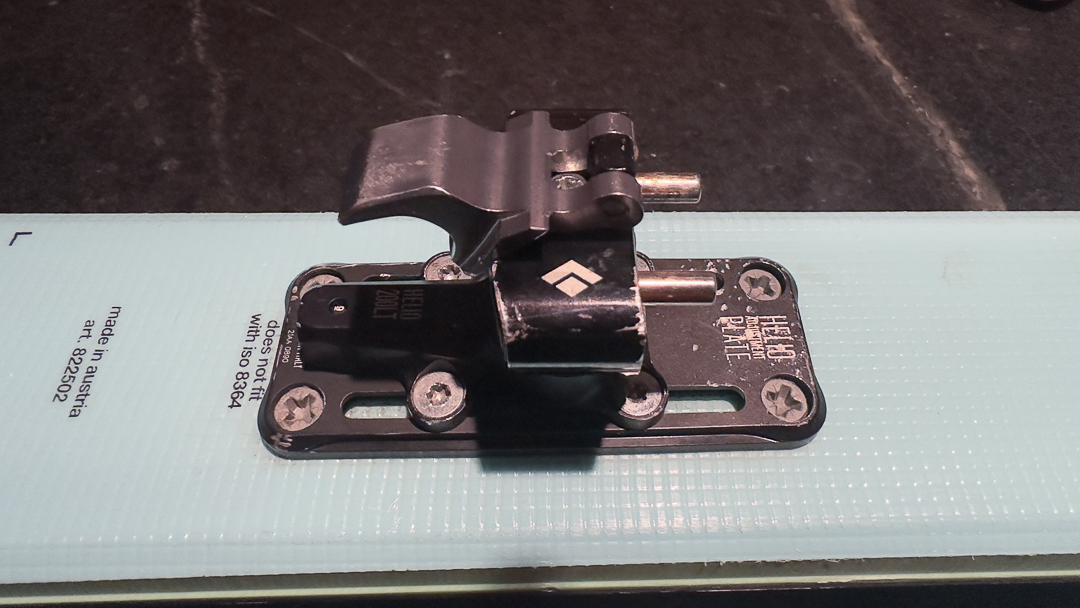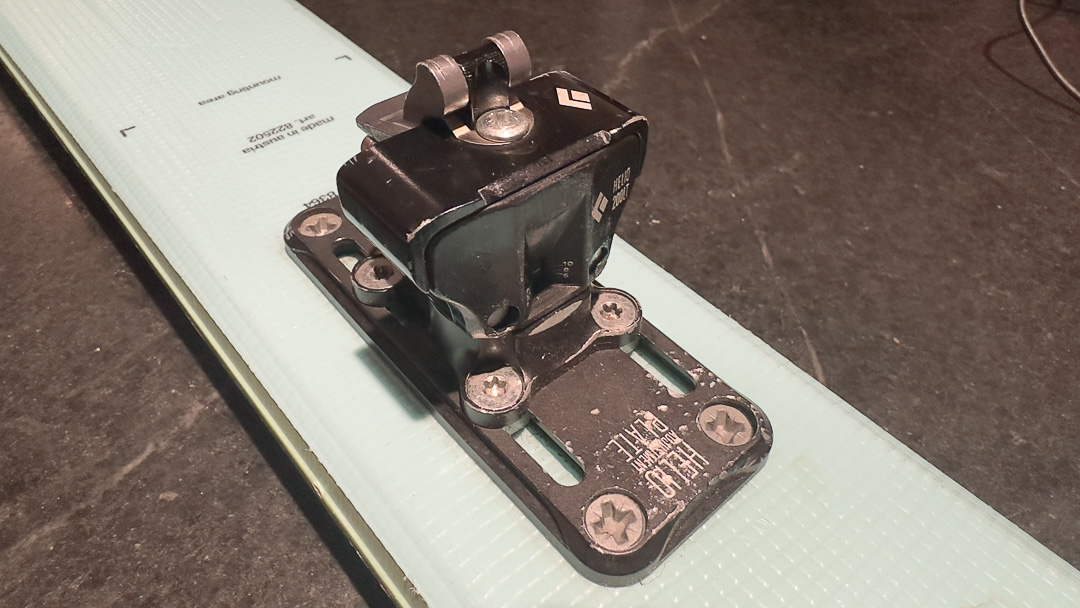The mere thought of a stripped binding screw brings back the horrors of f-bombs past. In The High Route’s Bend HQ, we habitually do ski bench work on the heirloom kitchen table. I think the dogs are forever damaged from the virulent f-bombs tossed around each time I’ve attempted to loosen an overtightened T-20 screw, or subsequently stripped the overtightened T-20. Evidently, at the Wilson, WY HQ, the folks there “try pretty hard not to strip screws.”
We’ve all had issues with different drive type screws: Phillips Head, hex, Pozidriv, and Torx (the T in the T-20) are all guilty by association—it takes an overzealous screw tightener to over tighten the screw. In other words, user error happens.

Preventing User Error
Here is a basic step to begin with: do not over tighten screws. Don’t over-tighten any of the mounting screws, meaning the four toe piece screws or the four heel piece screws. We advise hand tightening the four screws (toe or heel, respectively) and then giving each screw a turn or two until they feel secure in place, and any effort to rotate the screw more feels excessive. Ok, have no shame. We’ve all gotten excessive.
The same can be said if you use heel pieces that secure to a mounting adjustment plate. Mounting adjustment plates are handy for those who use different BSL ski boots on the same skis; the plate affords some fore and aft adjustment to accommodate the different BSLs. Usually, the heel piece secures to the plate by creating tension—these are called tension plates. There’s a nut inserted into a track, and the screw threads into the nut—the more you tighten the screw into the nut, the more tension there is, which prevents the binding heel from moving forward or back. And…it is easy to over tighten these four bolts. Err on the side of hand tightening and not over rotating, which may cause eventual f-bombs and not solve any problems.






Leave a Reply
You must be logged in to post a comment.